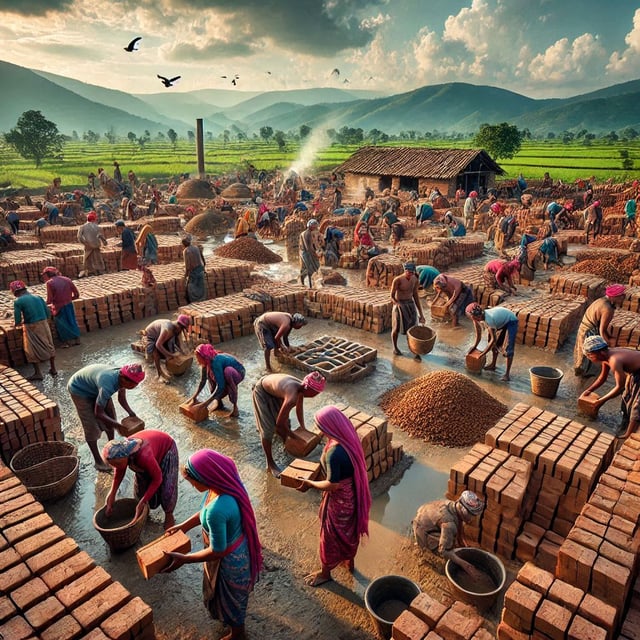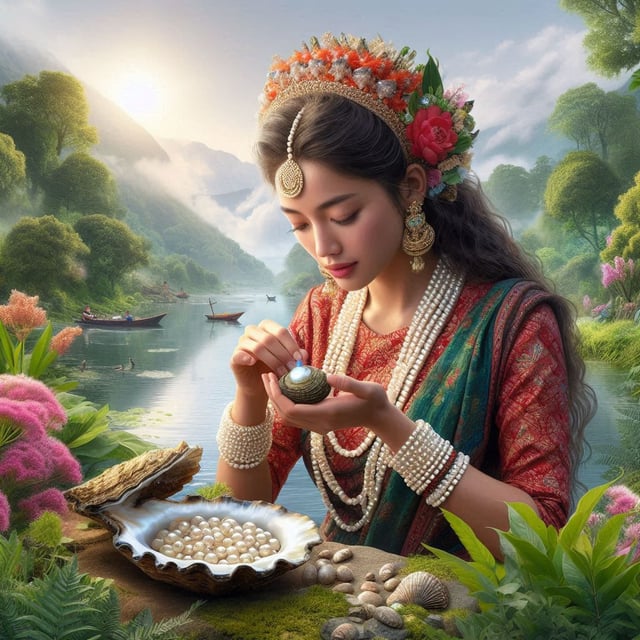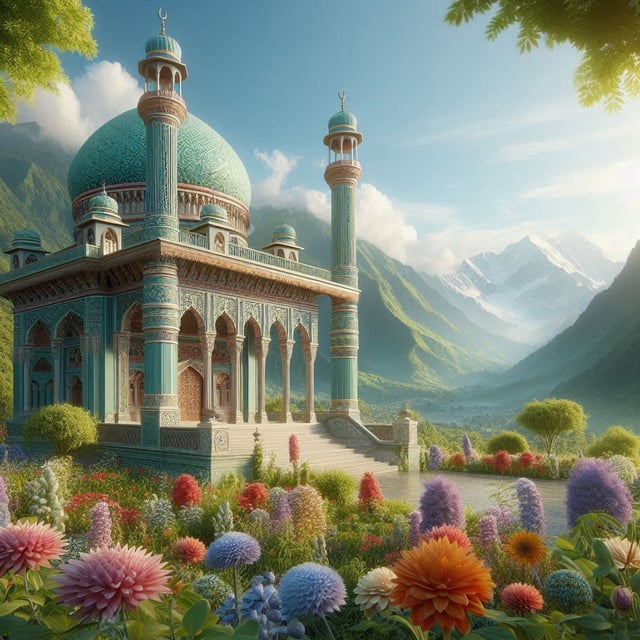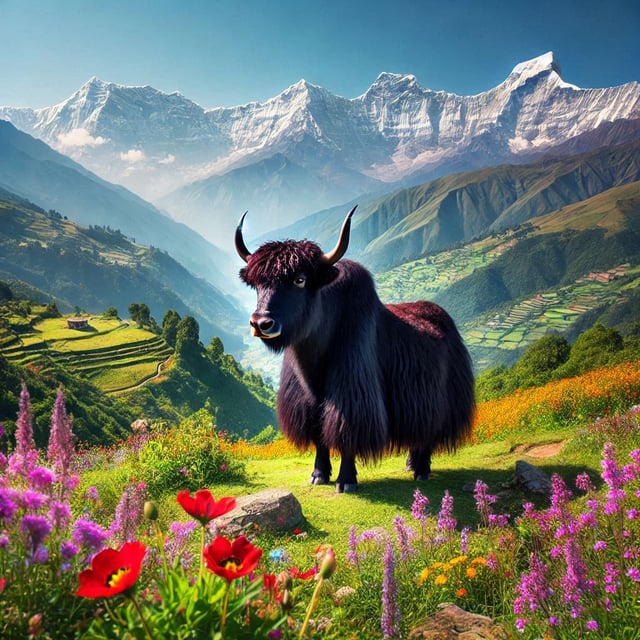Palaces in Bhaktapur
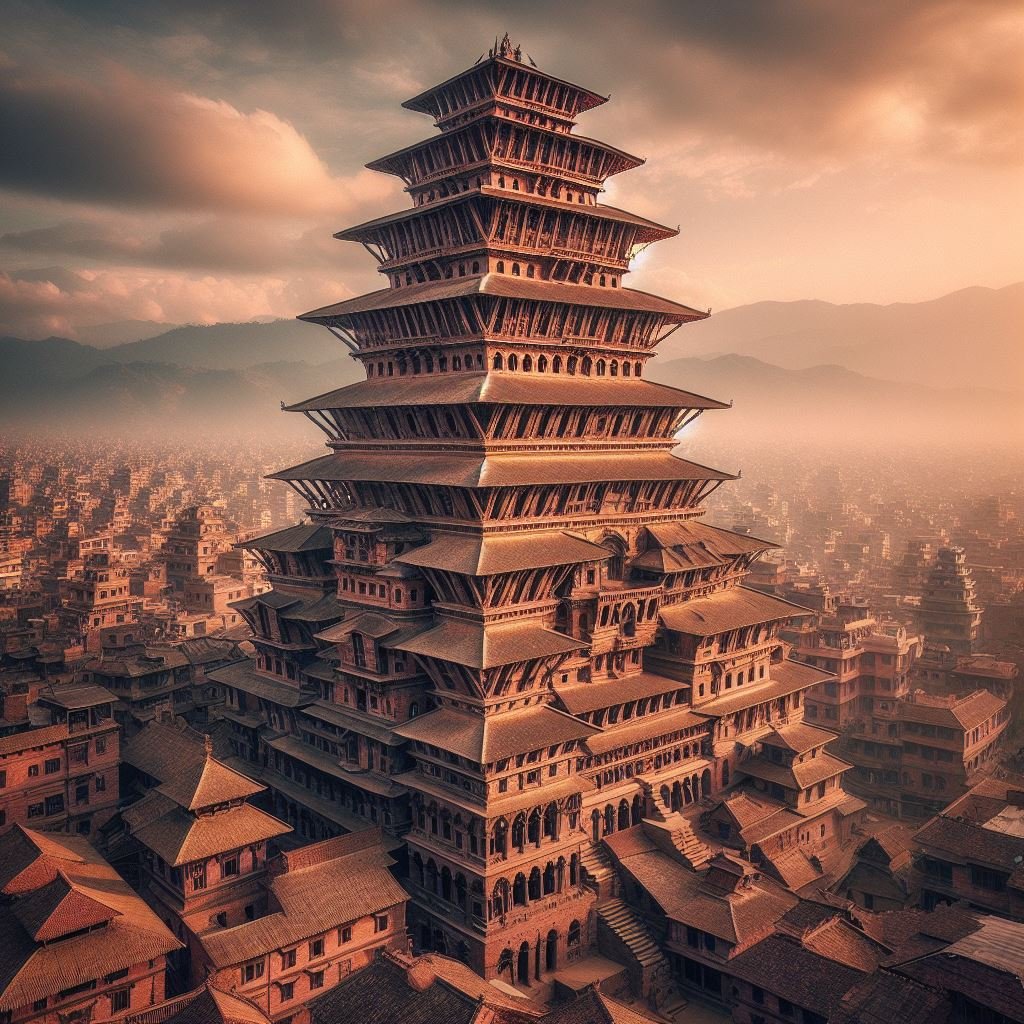
Background
Nepal was perceived as a medieval kingdom even in the early 21st century before it became a re
The medieval story, art, and architecture are gaining popularity due to movies and television series such as Lord of the Rings, Game of Thrones, and even Harry Potter. These stories maintain a distinct aroma of Medieval design and structure.
At present, the exotic oriental culture of Korean drama and Samurai culture has been gaining popularity and one of the less explored oriental regions would be Nepal.
The super hit movie Doctor Strange used classic Nepali architecture reflecting the potential of Nepali locations.
One of the first places recognized for Historic filmmaking and Palaces would be Bhaktapur, especially as it was the shooting location for the movie Little Buddha. The region has both stories of an unknown palace and hosts several palaces.
Ancient Historical Palace of Bhaktapur
Historic documents reveal Tripura Rajkula to be the first royal palace in Bhaktapur which was established by King Ananda Dev (1146-1167).
The exact location of the 7-storied pagoda structure of Tripura Rajkula is shrouded in mystery. It is believed that the courtyard and gates of the palaces slowly transformed into toles/localities/marketplaces.
Some of the parts of Tripura Rajkula seem to include contemporary local settlements such as Sukuldhoka (the main entrance), Tibukchhen (a strong inner fort), and Kwachhen (the southern fort).
The rulers with the Dev surname lived in Tripura Rajkula while kings with the Malla surname resided in Yuthunimam-Rajkula.
After the Jayasthiti Malla (1382-1395) Yuthunimam's importance grew while Tripura-Rajkula's recognition went down and was seen only as a residence.
Tripura Rajkula's precise history can be conflicted since it was no longer mentioned after Raya Malla (1482-1505). On another hand, Yuthunimam became the famous Bhaktapur Durbar Square.
It should be noted we do not know the architecture of Yuthunimam-Rajkula due to the earthquake; as old palaces were destroyed and new palaces were constructed in the same location.
Remaining Palaces of Bhaktapur
The famous part of Bhaktapur Durbar Square is the Golden Gate. The inscription (CE1453) in Golden Gate mentions that fortification was completed with the cooperation of all castes of people with the initiation of the king. Golden Gate is a photogenic spot alongside the wide and amazing buildings.
Chaukot Durbar may have been built by Jagajyotir Malla (1613-1637) and was fully deserted in the 1934 earthquake.
Basantapur Durbar was built by King Jagatprakash Malla (1644-1673) and is on the right side of Choukot Durbar. Choukot Durbar is an eminent palace of Bhaktapur Durbar Square.
Basantapur Durbar was deserted in 1934 and was restored but the compound of the durbar was given to build Sri Padma High School.
Simhadhwaka Durbar was built by King Bhupatindra Malla in 1698 and named it Malatichok but locals called it Simhadhwka. It lost its original shape and style in 1934. It was reconstructed in a neo-classic style.
The 55-window temple was constructed in 1708 and is famous for its world-class wall paintings.
Jitrmitra Malla (1673-1696) was credited for constructing Thaanthu Rajkula in 1678. The courtyard still exists but in a disappearing condition- Bhaktapur Municipality is housed in a reconstructed part of this Durbar.
Lun-dhwaka/Swornadvara (Golden Gate) was constructed by Jagajyotir Malla but he couldn’t achieve his dream, his successor Jagatprakash Malla and Jitamitra also tried but they failed, later Ranajit Malla in 1757 had earned gold through the Tibet-Khasa trade and was able to build the golden gate which was dedicated to their family goddess Taleju. Therefore, the inscription on the Golden Gate predates the gate itself.
Conclusion
Bhaktapur Municipality has maintained its historical landscape and agricultural landscape, which can be valuable for shooting a historical series or documentaries.
Bhaktapur has been a top filming destination as it is close to Tribhuvan International Airport, has good infrastructure, and amazing heritage. The story of an unknown palace called Tripura Rajkula itself can be a topic for a documentary.
Author
Kripendra Amatya, Researcher, Nepa~laya Productions
Editor
Dana Moyal Kolevzon, Director of International Relations, Nepa~laya Productions
Published Date
January 1, 1970
